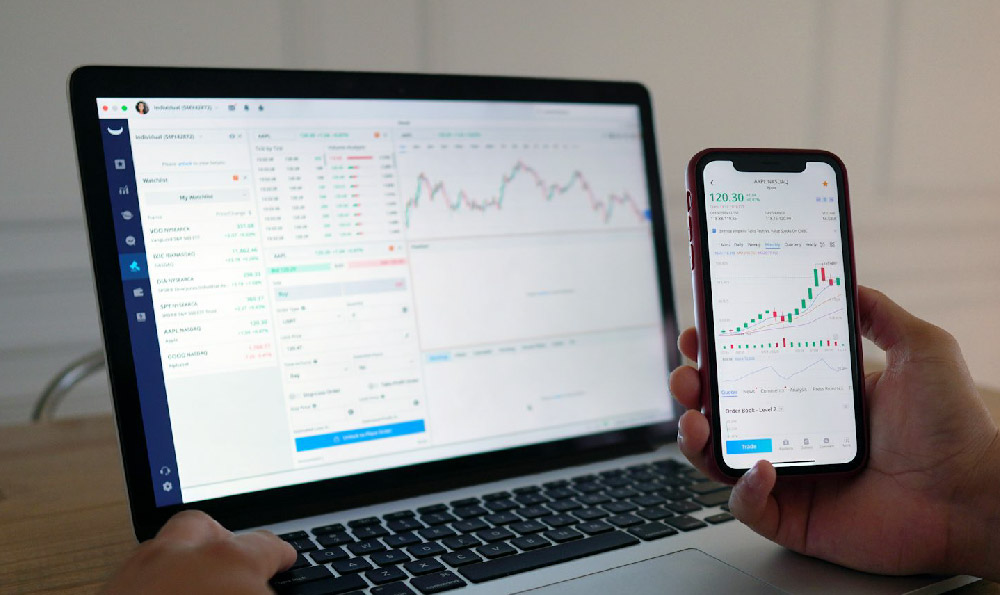Monetizing YouTube videos is not merely about generating revenue—it represents a strategic approach to leveraging digital content as an asset. As a platform with over 2 billion monthly active users, YouTube offers creators unique opportunities to transform their passion into profitable ventures. However, the process requires careful planning, execution, and a deep understanding of both content creation and financial management. To navigate this landscape effectively, one must consider a multifaceted strategy that aligns with long-term goals while mitigating risks associated with relying heavily on a single income stream.
The foundation of YouTube monetization lies in the platform's partnership program, which enables eligible creators to earn money through advertisements displayed on their videos. This model, known as YouTube Partner Program (YPP), operates on a combination of watch time, audience engagement, and ad performance metrics. Creators receive a share of the revenue generated from ads, with the exact percentage depending on factors such as location, video content, and the type of ads. While this method offers passive income, its effectiveness hinges on building a loyal audience base and optimizing video content to maximize ad visibility and viewer retention. For instance, integrating ads at natural breakpoints within videos, such as after a compelling hook or at the end of a tutorial, can enhance viewer experience while maintaining ad revenue. Additionally, diversifying content formats—such as using short-form videos, playlists, or vertical content—can increase the likelihood of ads being viewed, thereby improving earnings per video.
Beyond ads, YouTube creators can explore affiliate marketing, wherein they promote products and earn commissions for each sale made through their referral links. This method thrives on authenticity and audience trust, requiring creators to select products that resonate with their niche and provide genuine value to viewers. By embedding affiliate links in video descriptions, annotations, or end screens, creators can monetize their recommendations without compromising the integrity of their content. However, successful affiliate marketing demands a well-defined target audience and a consistent pipeline of content that educates or entertains viewers while subtly highlighting relevant offers. It is also essential to disclose affiliations transparently, as transparency fosters trust and reduces the risk of legal or ethical issues.

Another lucrative avenue is sponsored content, which involves collaborating with brands to create videos that promote their products or services. This approach often yields higher income than ads, particularly for creators with a substantial following and strong engagement rates. Brands seek influencers who can authentically represent their values and reach a specific demographic. To secure sponsorships, creators must cultivate a distinct brand voice, maintain consistent content quality, and demonstrate measurable growth in subscribers and watch hours. Additionally, building a diverse portfolio of content—such as tutorials, reviews, and creative storytelling—can make creators more attractive to a broader range of brands.
For those with a dedicated audience, YouTube Premium and channel memberships provide an alternative source of income. These features allow viewers to pay a monthly fee for exclusive access to content, perks, or community features. Creators can also offer custom membership levels with unique rewards, fostering a sense of community and increasing viewer retention. While this method is more direct than ads or affiliate marketing, it requires a strong relationship with the audience and a clear value proposition to justify the cost of membership.
In addition to these primary methods, creators can generate income through merchandise sales, fan subscriptions, and online courses. Merchandise stores, for example, enable creators to sell branded products directly to their audience, offering a tangible extension of their brand. Fan subscriptions, similar to channel memberships, provide recurring revenue through direct viewer contributions, which can be particularly effective for creators with a loyal fan base. Online courses, on the other hand, require specialized expertise and the development of structured learning content, but they offer the potential for high-margin revenue and long-term scalability.
A critical aspect of monetizing YouTube is understanding the financial implications of different income streams. For instance, while ad revenue is subject to fluctuations based on market conditions and algorithm changes, sponsored content and affiliate marketing can provide more predictable income. Creators should also be mindful of the time and resources required to manage multiple income streams, ensuring that they allocate sufficient effort to each method without compromising content quality.
Moreover, the journey to monetization is not linear—it often involves trial and error, adaptability, and a commitment to continuous improvement. Factors such as content trends, viewer preferences, and platform policies can significantly impact earnings. For example, the shift towards short-form video content, like Shorts, has created new opportunities for creators to engage audiences and monetize their content through a combination of ad revenue and brand partnerships.
Finally, creators must approach YouTube monetization as a long-term investment in their personal brand and audience relationships. Building a sustainable income requires patience, consistency, and a strategic mindset. It is also important to diversify revenue sources, not relying solely on YouTube for financial stability. By exploring multiple avenues and optimizing their content, creators can maximize their earnings while mitigating the risks associated with digital platforms. In this way, YouTube becomes more than just a channel for sharing content—it transforms into a dynamic tool for financial growth.












